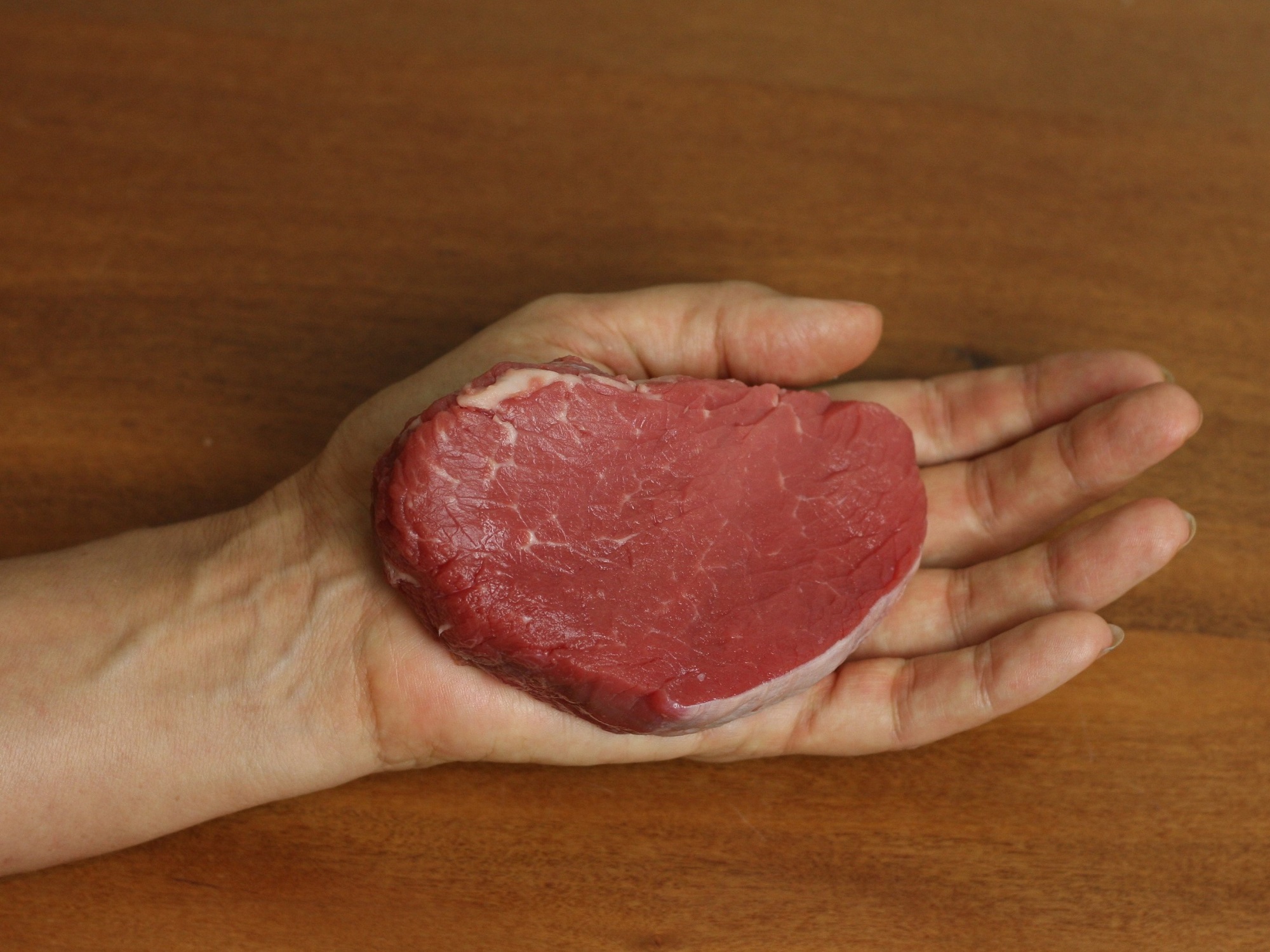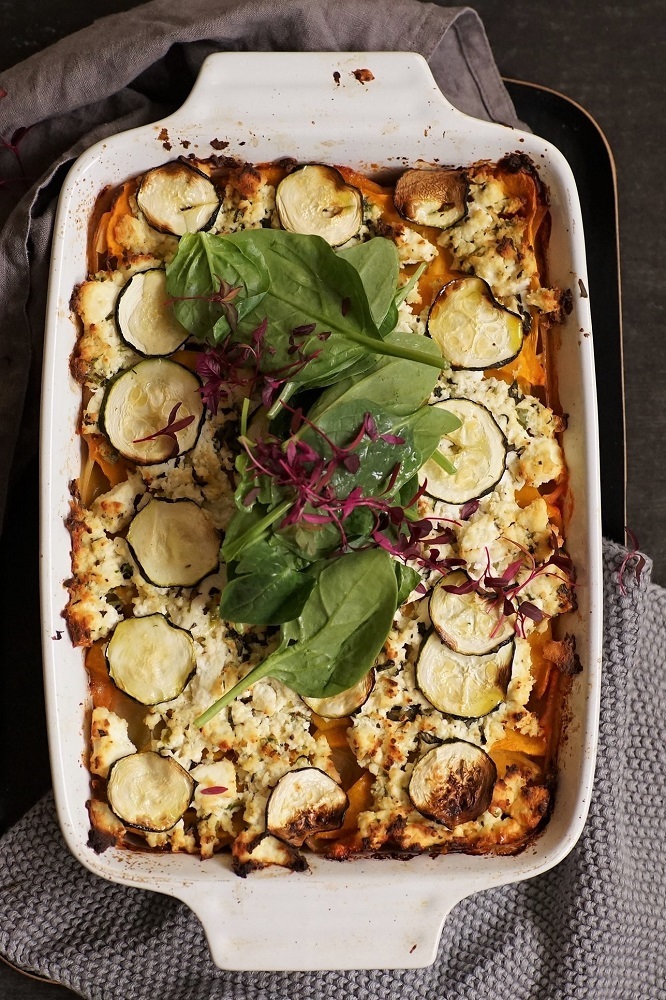- Home
- Blog
- Healthy Eating for Wellness
- Top 8 posts from 2022
Top 8 posts from 2022
Written by Catherine Saxelby
on Wednesday, 18 January 2023.
Tagged: health, healthy eating, healthy lifestyle, nutrition, review

What was popular in nutrition in 2022? Here is my list of the top 8 posts from last year. It’s easy to know which of Foodwatch’s posts are read most widely, because our software tells us.
Obviously, the longer these posts stay out there, the higher their view rates are. So, a post from December 2022 ranks way lower than a post from January 2022.
Read more...
1. Learning to cook with love
This post was all about my mother Anne (or “Hanka” in Polish). She was a natural-born cook. She never used a recipe but cooked by eye, aided by years of experience. Her food always tasted delicious, whether it was Polish fare or recipes she’d picked up from her Aussie friends as a “new Australian” in Sydney in the 1950s.

I loved writing this post. I provide two recipes – Anne’s Polish Potato Salad and Anne’s Bigos (Hunters’ Stew) – which I still cook now.
2. Product review: Healthy Life Food Tracker

This tracker is different from most tracking apps. It works by using your Everyday Rewards card AND your shop at Woolworths. The tracker helps you assess the balance of foods that make it to your plate, based on the groceries you buy. By showing your shopping patterns over time, it helps you become aware of your shopping habits and inspires you to make healthier food choices.
You simply estimate how much you shop at Woolworths (from 0% to 100%) and the tracker does the rest. When testing, I applied from 50% to 75% across the categories, because I have two Woolworths stores near me so shop there quite a lot. I found it a near-enough estimate.
3. Energy drinks – sugar and caffeine combined

You don’t need me to tell you that there’s an energy drink craze happening now. Red Bull, V, Monster and Mother are just some of the energy drinks used as pick-me-ups, giving drinkers “the ultimate high” or even “wings”. Energy drinks are popular at late-night clubs because they let you push past tiredness and party on. (And these days, who isn’t tired?) But the hype is marketing gone wild.
They’re basically soft drinks “supered up” with caffeine plus a concoction of assorted herbal extracts, vitamins and minerals – anything with a vague connection to releasing energy by the body (a biochemical definition), elevating mood or allowing greater physical activity. Consume too many, however, and there can be a deadly aftermath, as reports of cardiac arrests attest. Just what’s in these drinks? Do they work how the ads say they do? And how much is safe to consume?
4. Tonic water – better for you than other soft drinks, or not?

This is a common question I get asked. “Tonic water doesn’t taste sweet, so it doesn’t have much sugar, does it?” Alas, tonic water has between 8 and 9 per cent sugars, but the sweetness is masked by the bitter-tasting quinine that’s also present. A 200 mL glass of tonic water will give you about 17 g sugar. Which is a lot when the WHO suggests we limit our sugar intake to about 50 g a day (or 10 per cent of our energy). However, that amount is lower than most soft drinks, which carry anywhere from 10 to 12 per cent added sugar and deliver 22 g sugar per glass. YOU decide.
5. Should I take a B12 supplement if I’m vegetarian?
 This post was popular because there’s lot of meatless eating going on right now. It covers why you should consider taking a B12 tablet or drink if you’re going to become a full-time vegetarian.
This post was popular because there’s lot of meatless eating going on right now. It covers why you should consider taking a B12 tablet or drink if you’re going to become a full-time vegetarian.
The answer? A B12 supplement is a good idea if you’re vegan, but isn’t necessary if you follow a lacto-ovo vegetarian diet (where you consume dairy products such as milk, yoghurt and cheese, and eggs), because you’ll obtain enough vitamin B12 from these animal foods.
Vitamin B12 is only found in foods of animal origin, such as milk, eggs, meat and fish. If your diet excludes these foods, such as a strict vegan diet, you need to include an alternative source, either from a B12 tablet or foods fortified with vitamin B12, such as soy mylks (like So-Good) or nutritional yeast.
6. What’s a serve of meat?

This post was suggested to me because it’s one way we all overeat. The same applies to bread and bread-based foods, such as crackers, rice and pasta. The suggested serve size is often NOT the same as your portion size. The portion size is the amount you actually eat. We often eat MORE meat foods than is recommended.
I’ve divided this guide into protein foods that you can substitute for red meat, such as chicken, fish and eggs. Protein foods are any foods that yield protein such as red meat (beef, lamb, veal, pork, goat and kangaroo), chicken, fish and eggs, as well as tofu, nuts, seeds and legumes.
These foods are grouped together because they share similar nutrients, namely protein, fat, iron, zinc and vitamin B12 (for animal foods only).
7. What if I can’t swallow a large fish oil capsule?

If you’re older, if you’re a child (think choking hazard) or if you’re anyone with swallowing difficulties, those large 1000 mg/1 g fish oil capsules can be a real problem. In this post, I spell out your other choices!
The first and best option is to buy the smaller, easy-to-swallow double- or triple-strength capsules – as long as you are getting the equivalent of 500 mg a day.
The second option is to take your fish oil as a liquid by the teaspoon. The downside? You get to taste it. Not very pleasant.
8. Veggie-full lasagne

Anything with “do-nothing” or “veggies galore” in the title prompted people to click into it. For this recipe, you can use any vegetables you have on hand, ensuring there is 600 g in total. That’s it! It needs 60 minutes of baking and is ready in 80 minutes. Then you’ll have enough vegies to last for a week. Allow for sufficient cooking time and slice any firm vegetables finely.
The bottom line
You can see what’s popular with my readership: lots of different things, including recipes.
Foodwatch
The Good Stuff
The Boring Stuff
© 2025 Foodwatch Australia. All rights reserved
Website by Joomstore eCommerce





